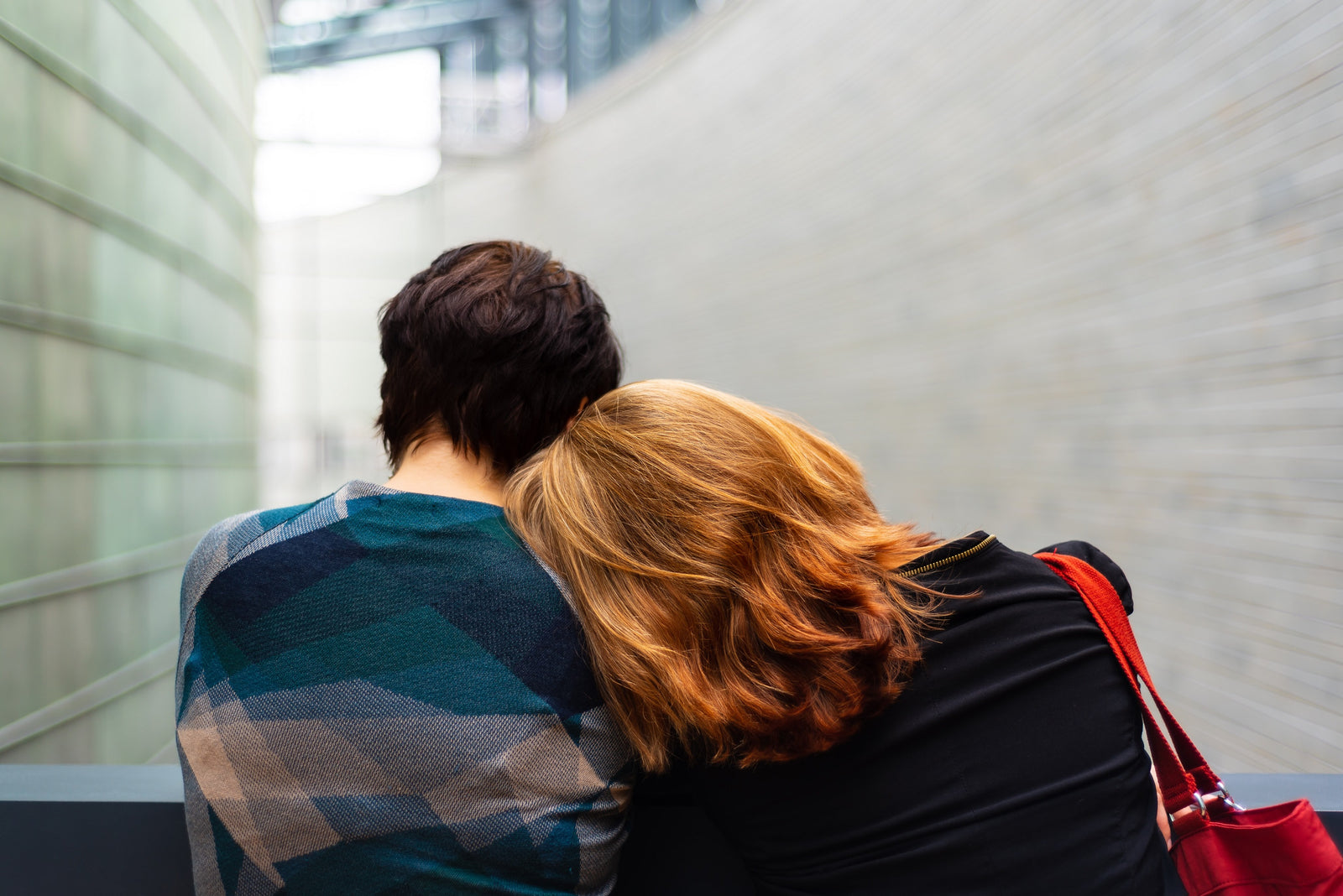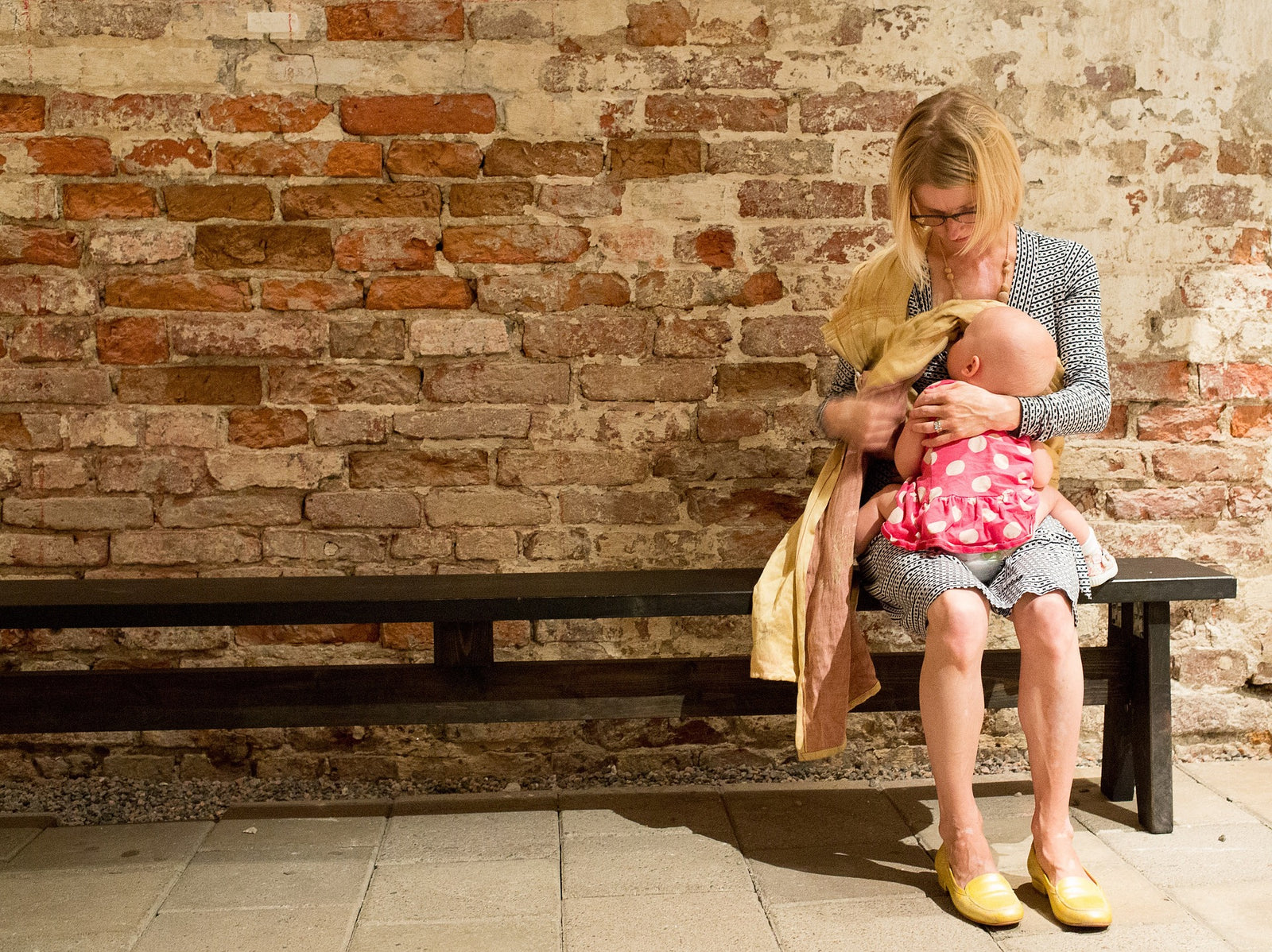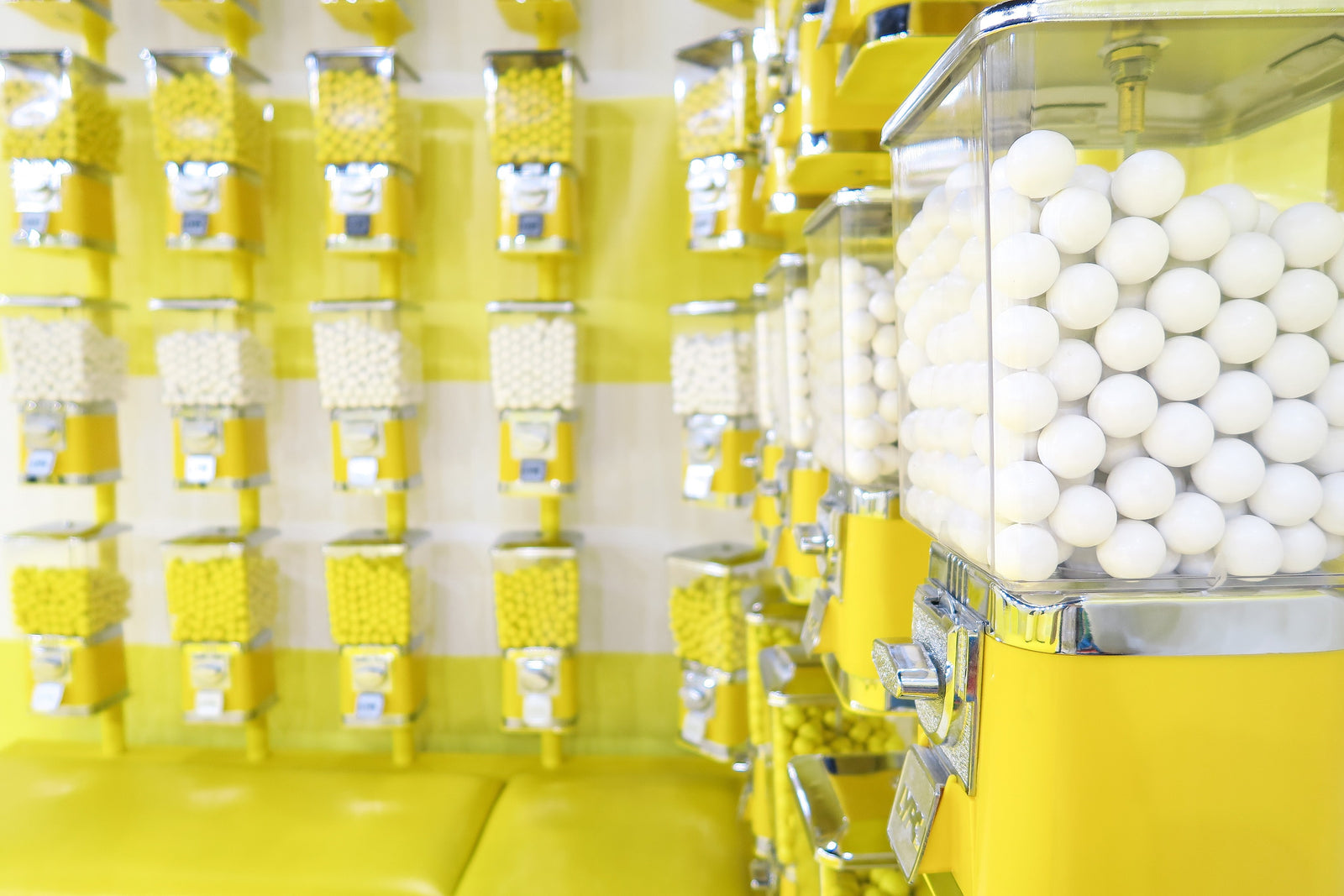🚚 FREE USA SHIPPING ON ORDERS OVER $30! INTERNATIONAL SHIPPING AVAILABLE.
🚚 FREE USA SHIPPING ON ORDERS OVER $30! INTERNATIONAL SHIPPING AVAILABLE.
How to roast coffee for higher caffeine levels
by Mark Miller 5 min read

Photo by Waldemar Brandt on Unsplash
If you're really into coffee and caffeine, you might want to try roasting at home. You can control the flavor, aroma, and to a certain extent maximize caffeine content.
The thing is, coffee beans are very stable chemically, even when roasted. That means coffee beans don't lose much caffeine in the roasting process.
However, light-roasted coffee beans are denser and heavier because they lose less water, so they have more caffeine per bean.
Dark-roasted coffee beans are less dense and weigh less. So you need to use a bigger volume of dark beans to get the same amount of caffeine in an equal volume of light-roasted beans.
But be cautioned, if you use a larger volume of dark beans, you are likely to have a very strong pot of coffee.
First, why roast at home?
There is a dirty little secret to the coffee industry: By the time the ground coffee hits the store shelves or goes into your cuppa at the local cafe, it may already already be stale! Roasted, ground beans start to go stale in a week!
The site Bean Poet addresses this topic [1]:
Coffee grounds stay fresh for a week or two—several weeks if properly stored where oxygen, light and moisture cannot get at them. They will not stay fresh as long as whole beans, which can still be quite good after two months if stored in an opaque, airtight container. ...
Whether you are buying whole beans or ground coffee, it’s important to pay attention to the date on the packaging. You’ll want to make sure the coffee you’re buying lists a roast date, which indicates when the raw green coffee beans were transformed into their dark and aromatic form.
At another page on Bean Poet, it says [2]:
Freshness is the big advantage of roasting at home. Coffee beans begin to decline in quality within one or two weeks of roasting. If you buy off the shelf at the supermarket, there’s a good chance those beans have already passed the two-week mark before they even land on the shelves. And once you buy them, how long is it going to take you to get through that pound?
Another reason to roast at home is the monetary savings: Green coffee beans cost about half as much as artisan roasted coffee. Bean Poet says:
Artisan roasters in Vancouver, where I live, charge about $25/pound. The folks who sell green beans for home-roasting charge $12.50/pound. That’s half as much. (If you’re in the U.S., the dollar figures will be lower, but the savings will be similar.)
So if I buy five pounds of green beans it will cost me $62.50. Now, beans lose up to 20 per cent of their mass during roasting, so I might end up with only four pounds of roasted beans for that price, which works out to $15.60/pound. I’m still saving about $9.40 per pound.
Another reason to roast at home is because you have a wider array of bean varieties to choose from.
And this is important: If you are trying to get as much caffeine in your cup of joe as you can, at what altitude and under what lighting conditions the coffee was grown factor in.
The higher the altitude the beans are grown, the less caffeine they have. Dense shade also decreases caffeine content. To find out which beans have the most caffeine, you need to consult with a green coffee expert. If they can't tell you, you might want to consider another vendor.
Also, Robusta beans have a lot more caffeine. But Robusta bean coffee does not taste as good, most people say. Many grocery store brands have a mix of Arabica and Robusta.

Angela Pham photo on Unsplash
Burmancoffee.com says fresh roasted and ground coffee has health benefits [3]:
Research has shown that coffee is rich in antioxidants. Freshly roasting your coffee beans ensures you are getting the optimal level of antioxidants from your cup of coffee. Because grinding coffee beans accelerates the loss of antioxidants, brewing with freshly roasted coffee beans and grinding only the amount you need that day will produce the healthiest cup of coffee.
These advantages make learning how to roast coffee beans well worth the invested time and effort.
Roasting coffee beans at home
It's easy to start, but it can take a while to begin roasting your coffee beans to what you consider perfection.
Bean Poet says:
The flavour and aroma of the coffee depend on the degree to which the beans are roasted, the duration of the roast, and adjustments in temperature during that time. Experienced roasters can coax different flavours out of the same bean with these small temperature adjustments.
One person's favorite flavor and aroma may differ from another person's, so you will have to experiment.
Generally speaking, a lighter roast is more acidic and highlights the characteristics of the original bean. A darker roast is more bitter and its roasting flavours tend to cover up the bean’s original character.
Bean Poet has a long, detailed article (Coffee Roasting for Beginners) on how to roast coffee in a pan or popcorn maker.
How to roast coffee beans at home
For those who want to roast coffee in a dedicated bean roaster, see BurmanCoffee.com for a few examples of brands [3] and for another detailed explanation of roasting. That article is titled Ultimate Guide to Home Roasting Coffee.
Both sites give information on roasts from light to medium to dark and the advantages of all stages.
The process of roasting coffee is so complicated that we are not going to go into a long explanation here. But suffice it say that you apply heat to raw coffee beans (after they turn yellow) until you roast them to your desired shade.
If you want caffeine but don't want coffee
Of course, you might not want to fill up on coffee and lattes and other caffeinated liquids, but you still want that caffeine. Try Viter Energy Mints with both caffeine and B vitamins. The tasty mints perk you up and freshen your breath.
Each has 40 mg of caffeine in a sugar-free mint, equal to about one-quarter of a mug of coffee. You can take one mint per half-hour or hour to get a steady stream of caffeine into your bloodstream, or four in quick succession to equal about one mug of java.
Viter Energy Mints [4] energize you quickly and they taste so good you will likely eat them long before they go stale.
Sources:
[1] https://www.beanpoet.com/how-long-does-ground-coffee-stay-fresh/
[2] https://www.beanpoet.com/coffee-roasting-for-beginners/
[3] https://burmancoffee.com/coffee-roasting-etc/the-ultimate-guide-to-home-roasting-coffee-beans/
Also in Viter Energy Blog

Can caffeine help with ED?
by Mark Miller 3 min read
Erectile dysfunction. In combination, those are two of the ugliest words known to man. But can caffeine help you get it up?
Science hasn't found the definitive answer to this question, but one study concluded that fewer men who consume caffeine have problems performing. The study said:
Caffeine intake reduced the odds of prevalent ED, especially an intake equivalent to approximately 2-3 daily cups of coffee (170-375 mg/day). This reduction was also observed among overweight/obese and hypertensive, but not among diabetic men. Yet, these associations are warranted to be investigated in prospective studies

Caffeine while breastfeeding? Go ahead, it's OK
by Mark Miller 4 min read
Many breastfeeding mothers wonder if it's OK to take caffeine. In fact, many nursing mothers just avoid caffeine in case it would keep their babies fussy, jittery and awake.
The answer is yes, you can take caffeine while breastfeeding, as long as you don't go over about 300 mg a day.
It's an important question because caffeine is in so many products, and taking coffee, tea, or soda is such a common ritual.
And breastfeeding mothers may be tempted to take caffeinated products because they are deprived of sleep by their newborns' odd sleep schedule.

The surprising benefits of chewing gum
by Mark Miller 5 min read
You might think gum chewing is an activity with little or no benefits besides the pleasure and flavor, but think again. Chewing gum has several benefits.
In addition to freshening your breath, sugar-free gum can help prevent cavities and contribute to overall oral health. But that's just the beginning.

